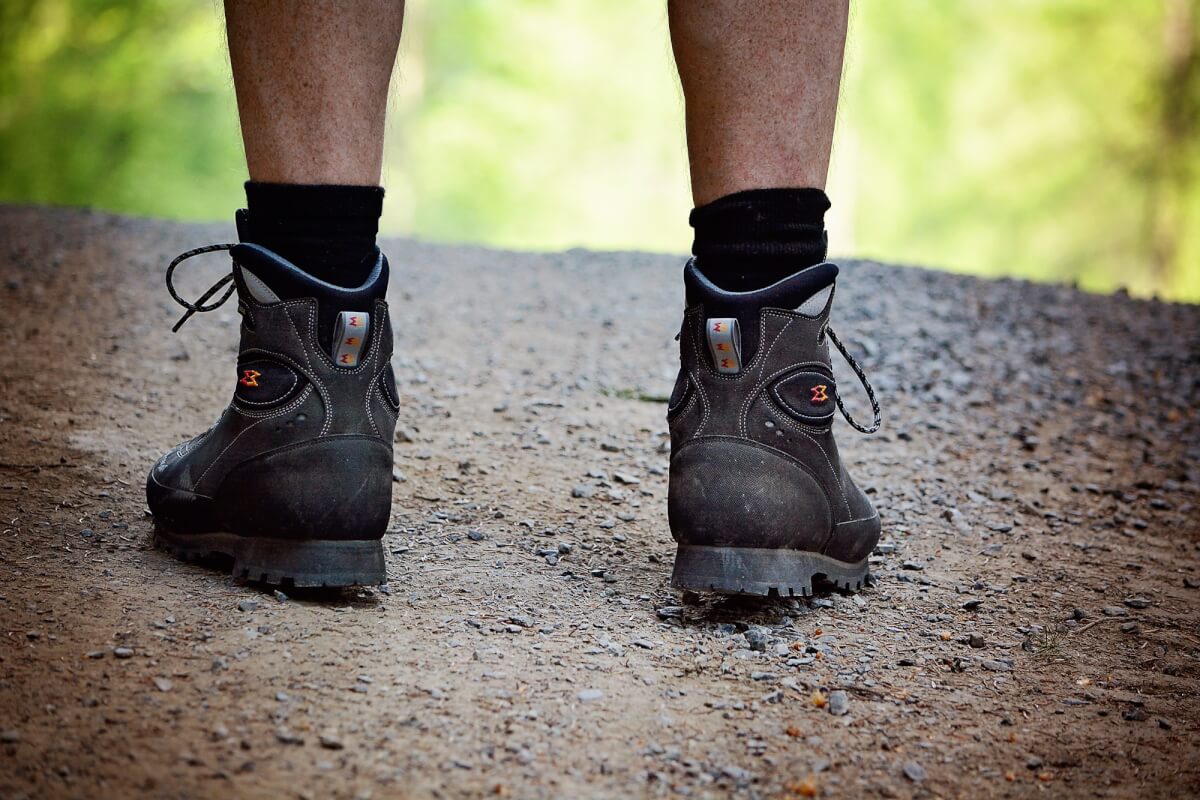You can make all the necessary preparations and buy all the gear you think you need, but when it comes to being prepared, there’s one thing that you shouldn’t skimp on: your bug-out boots.
Wearing appropriate footwear during a bug-out situation is important. It protects one of the most important parts of your body and will help you get from point A to B. When calamity strikes, you could be traveling with heavy loads within a city, woodland, desert, or other extreme conditions. Your trip may last between an hour to a couple of days or weeks. When SHTF, you will NOT want your feet to fail you, and a good pair of boots is one of the few things that can help keep that from happening.
THE PERFECT FIT
Like any kind of footwear, fit should be a prime consideration when deciding on a pair of boots.

A more comfortable trek will start with a boot that fits well. A proper fit will also help you avoid injuries, and make load-carrying more bearable. To make sure you’re buying boots with a good fit, shop during the afternoon when your feet are at their biggest. Wear socks that you’ll likely use during a bug-out scenario. After putting them on, walk around with them, and make sure it fits like a glove. Your heels shouldn’t be rubbing against the inside of the boots, and there’s a tiny bit of “wiggle room” for your toes.
CLIMATE AND TERRAIN
Another thing to consider is the terrain and the climate that you could be traveling on.

For this, there might not be one solution for you. Jungle boots won’t work in freezing weather and waterproof winter boots will be a pain to walk in in arid conditions. Consider carefully the conditions that you’re likely to encounter, and choose appropriately.
DURABILITY AND PROTECTION
Preparing for survival under a worst-case scenario, your boots should be able to handle the extreme conditions thrown at it. You will be walking, sprinting, and jumping on uneven and broken terrain under harsh conditions and your boots should be able to keep up.

Synthetic materials will be cheaper and lighter, but you can also expect them to break sooner than heavier and more expensive leather boots. Genuine leather will also provide better protection.
Getting the best pair of boots that will work for you doesn’t need to be complicated, but it’s one that’s easy to overlook and can be the difference between success and disaster. We hope these tips get you the boots that work for you and provide you better chances at survival.


